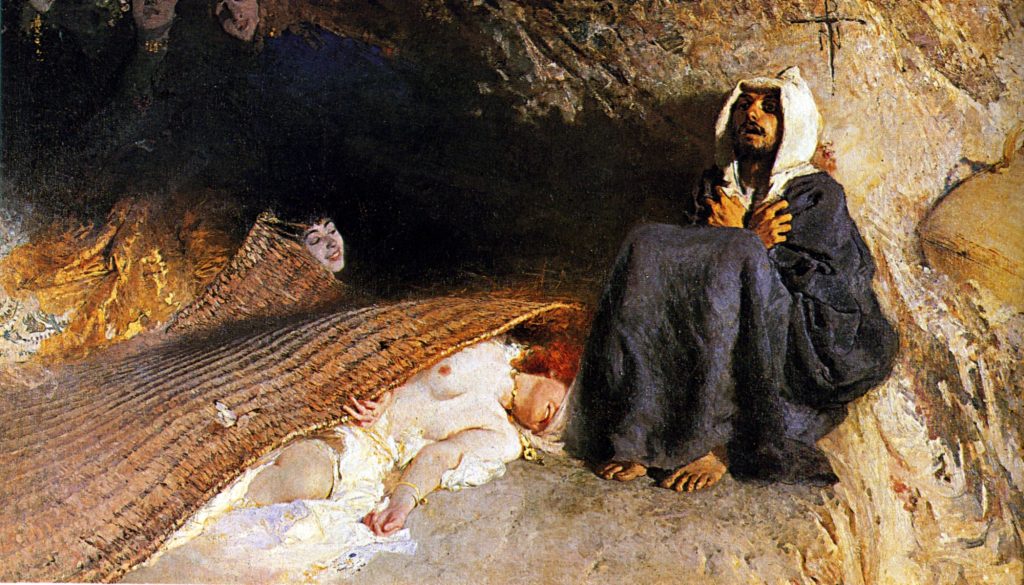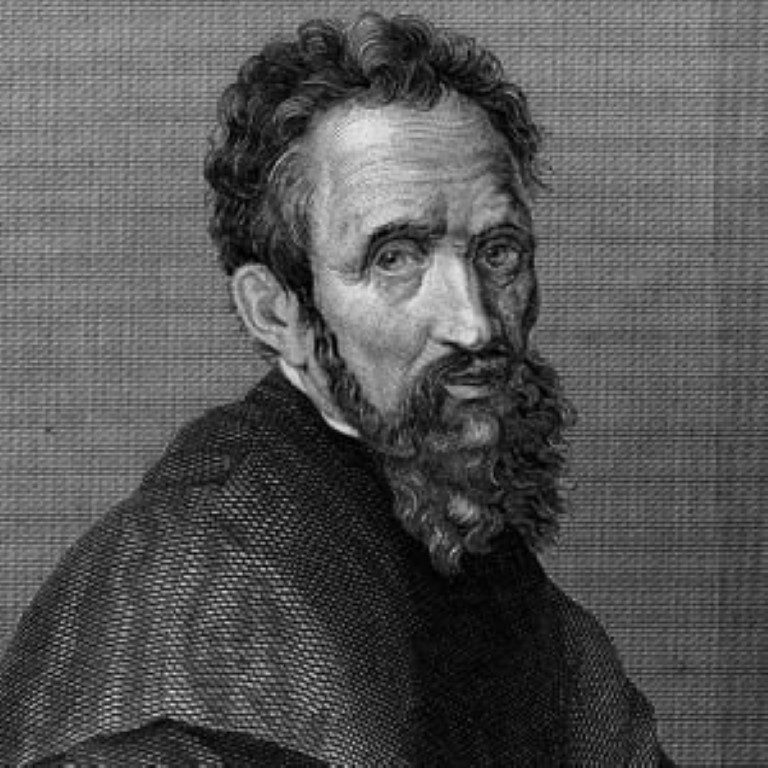On This Day
Domenico Morelli was an Italian painter, politician, and influential art educator who became one of the most important figures in 19th-century Italian art. Born in Naples in 4 August 1823, Morelli was immensely influential in the arts of the second half of the 19th century, both as director of the Accademia di Belle Arti in Naples, but also because of his rebelliousness against institutions. His passionate, often patriotic works bridged Romanticism and Symbolism, while his innovative approach to religious and historical painting revolutionized Italian art. Unique among his Italian colleagues in enjoying an international reputation in his lifetime, he was, with Filippo Palizzi, the leading exponent of the Neapolitan school of painting in the second half of the 19th century.
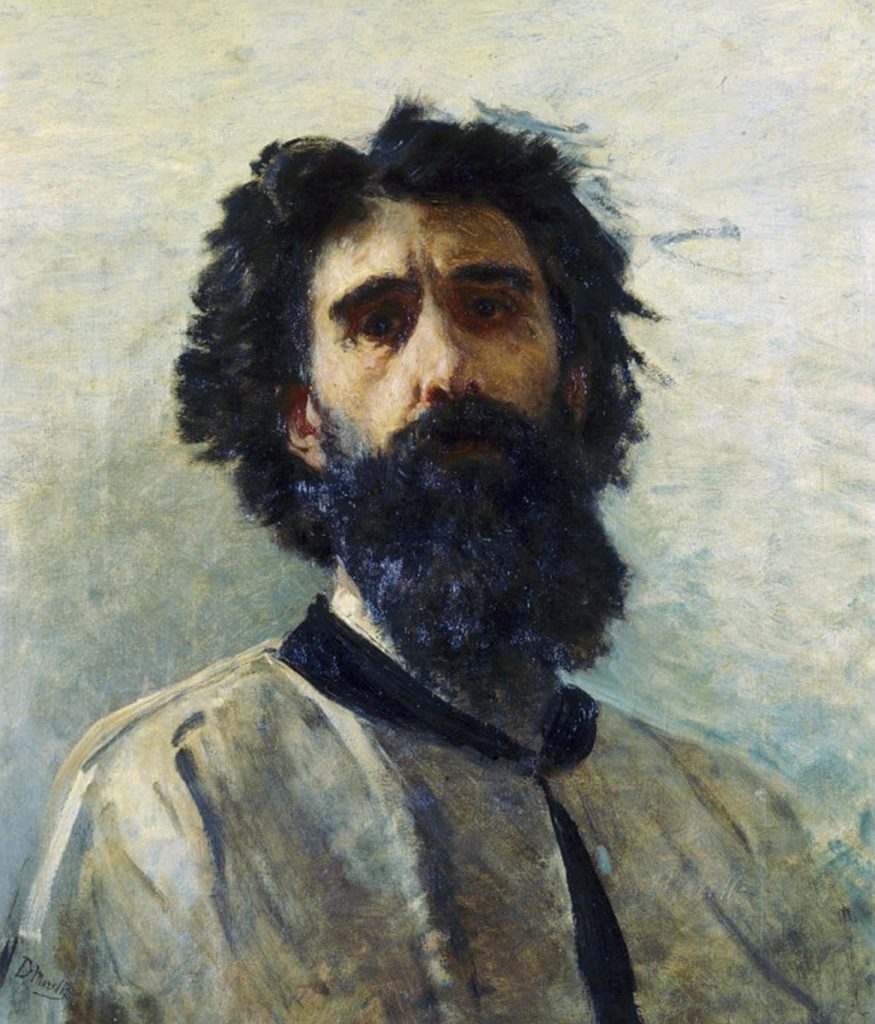
Domenico Morelli was born to a poor family in Naples. His mother had hoped he would become a priest. His precocious talent was noted, and he was enrolled at the Royal Academy of Fine Arts in Naples in 1836–1846. His masterpiece “The Iconoclasts” (1855) established his reputation and marked a significant departure from Neo-classicism toward Romantic Realism in Neapolitan history painting. His realistic treatment of Romantic subjects revitalized academic painting, and his bold rendering of light and dark and his use of colour influenced both academic artists and more innovative painters such as the Macchiaioli.
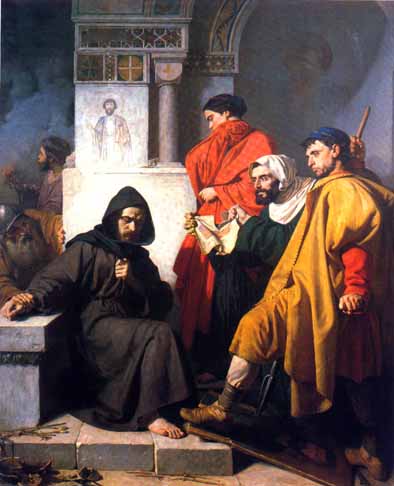
Morelli was noted for his paintings that explored difficult topics through a lens of vivid colour and passionate imagery. His paintings were always rooted in his skill as a draughtsman and impeccable artistic sensibility. Throughout his career, he continuously evolved his style, moving from Romantic historical subjects to religious and mystical themes, and eventually becoming what his contemporaries called “the poet-philosopher of the Christian legend”.
11 lesser-known facts about Domenico Morelli
1. He was wounded and imprisoned as a revolutionary “warrior artist”
When the insurrections of 1848 erupted in Naples, he joined the protesters in the barricades on via Toledo, and was wounded, nearly killed, and briefly imprisoned. In a retrospective published after his death, Isabella Anderton would label Domenico as one of the warrior artists of Italy, a group which also included Filippo Palizzi, Telemaco Signorini, Stefano Ussi, and Francesco Saverio Altamura.
2. He changed his surname during the political upheavals of 1848
Figlio adottivo di Francesco Soldiero e di Maria Giuseppa Mappa, nel 1848 Domenico Soldiero aggiunse il cognome Morelli per poi assumerlo come unico (Born as the adopted son of Francesco Soldiero and Maria Giuseppa Mappa, in 1848 Domenico Soldiero added the surname Morelli and then adopted it as his only name).
3. He painted Orientalist scenes without ever visiting the Orient
From 1874 to about 1883, Domenico Morelli painted paintings having oriental scenes as subject, although he had never been in those places, thus entering the current of Italian orientalists. This places him among notable Orientalist painters who created exotic Eastern scenes purely from imagination and study.
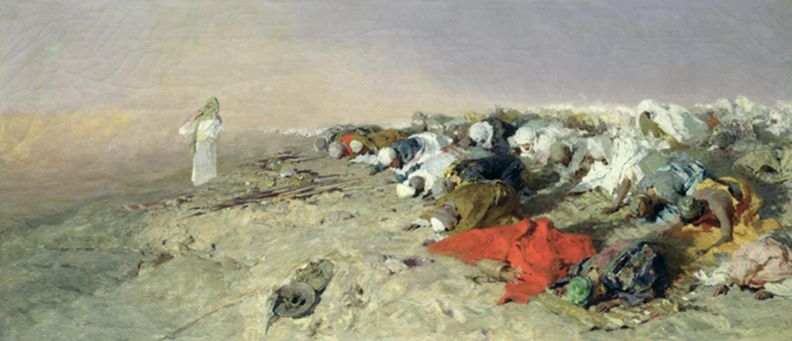
4. He created one of the most controversial depictions of Prophet Muhammad in Western art
The Sermon of Mohammed (c 1895) is a very unusual painting in Western art, in depicting the Prophet Muhammad. Not only has this been culturally alien to the great majority of European painters, but making images of the Prophet is usually considered to be against religious law. Morelli tries to work around this by not showing the Prophet’s face. Indeed, in spite of the painting showing a host of followers, not a single face is shown.
5. He was brother-in-law to two of Italy’s most prominent intellectuals
Era cognato del fisico Emilio Villari e dello storico Pasquale Villari dei quali aveva sposato la sorella Virginia (He was brother-in-law to the physicist Emilio Villari and the historian Pasquale Villari, having married their sister Virginia). This connected him to Italy’s leading scientific and academic circles.
6. He was knighted as a Senator by the King in 1886
In June, 1886, he was knighted a senator by the King, making him both an artist and a politician in the newly unified Kingdom of Italy. He was named honorary professor of the principal academies of Italy and Europe, commendatore of the Order of SS. Maurizio e Lazzaro and of the Order of the Crown of Italy, and cavaliere dell’ Ordine civile di Savoia.
7. He was one of only seven artists chosen to illustrate the prestigious Amsterdam Bible
Morelli was also one of the collaborators for the illustrations of the Amsterdam Bible in 1895. Between 1895 and 1898 he was commissioned to produce seven of the 100 illustrations for the Illustrated Bible (Amsterdam, 1900), showcasing his international reputation and mastery of religious subjects.
8. His work was purchased entirely by the Italian State upon his death
At his death the Italian State purchased all the works in his studio: 47 paintings and bozzetti, 90 wood panels with landscape sketches and over 800 drawings and watercolours, demonstrating the national importance placed on preserving his artistic legacy.
9. He designed frescoes for Giacomo Leopardi’s tomb but never completed them
Morelli designed the frescoes painted for the tomb of Giacomo Leopardi, located in the church of San Vitale at Fuorigrotta, but they were completed posthumously by his son-in-law, Paolo Vetri. This connected him to Italy’s greatest Romantic poet.
10. He claimed that discussions with the Macchiaioli revolutionized his artistic style
Later, in Florence, he was an active participant in the Macchiaioli discussions on Realism. Morelli claimed that it was these discussions that made his own work less academic and helped him to develop a freer style and to experiment with color. This shows his openness to artistic innovation and dialogue with contemporary movements.
11. He had unprecedented influence on the direction of Naples’ major art museum
He was appointed consultant for new acquisitions of the Capodimonte art museum in Naples and, thus, had significant impact on the subsequent direction of the collections. This role allowed him to shape the artistic taste and cultural direction of one of Italy’s most important art institutions for future generations.
Cover image: Temptation of St Anthony.
All images courtesy of Wikipedia
Contributor

